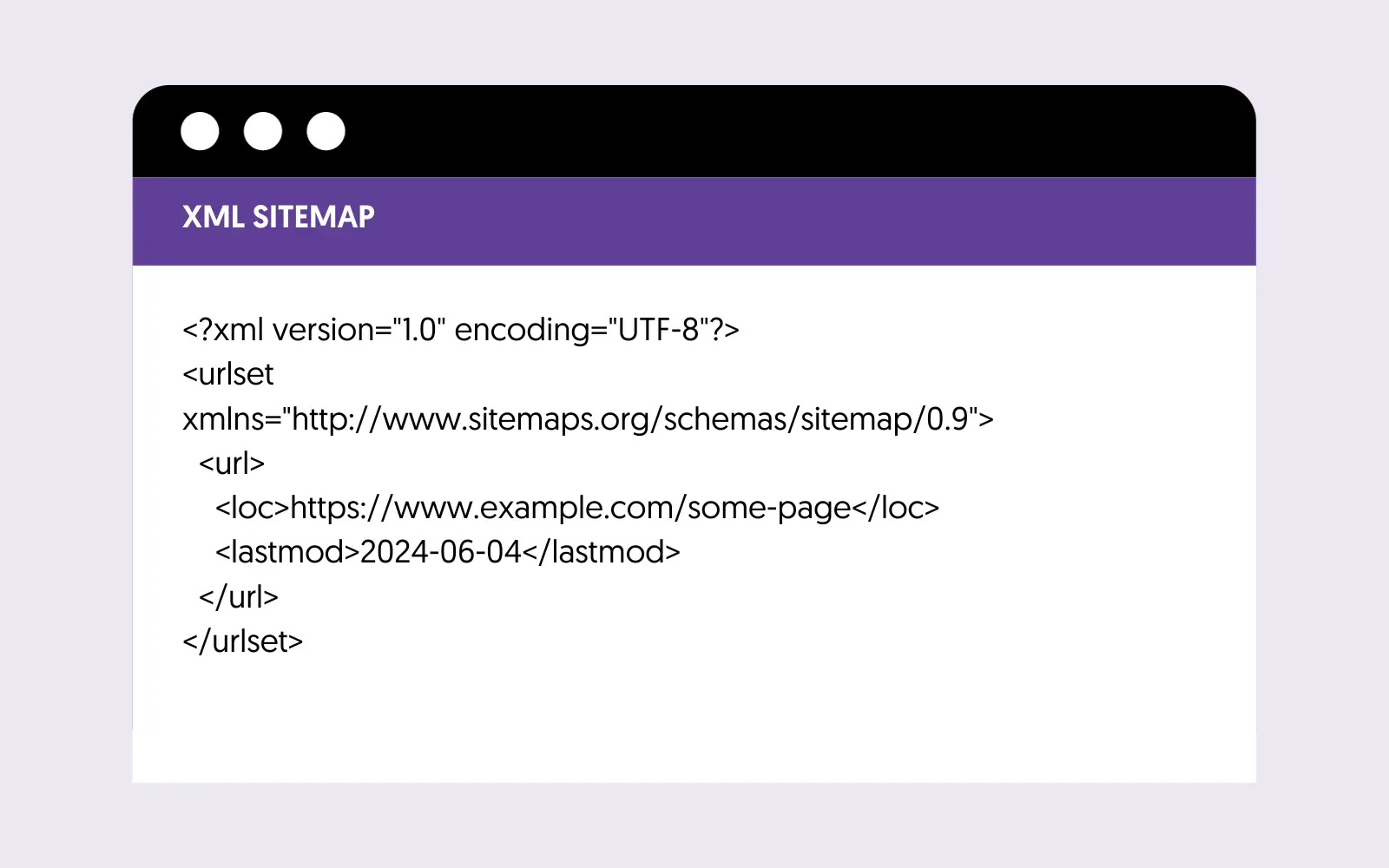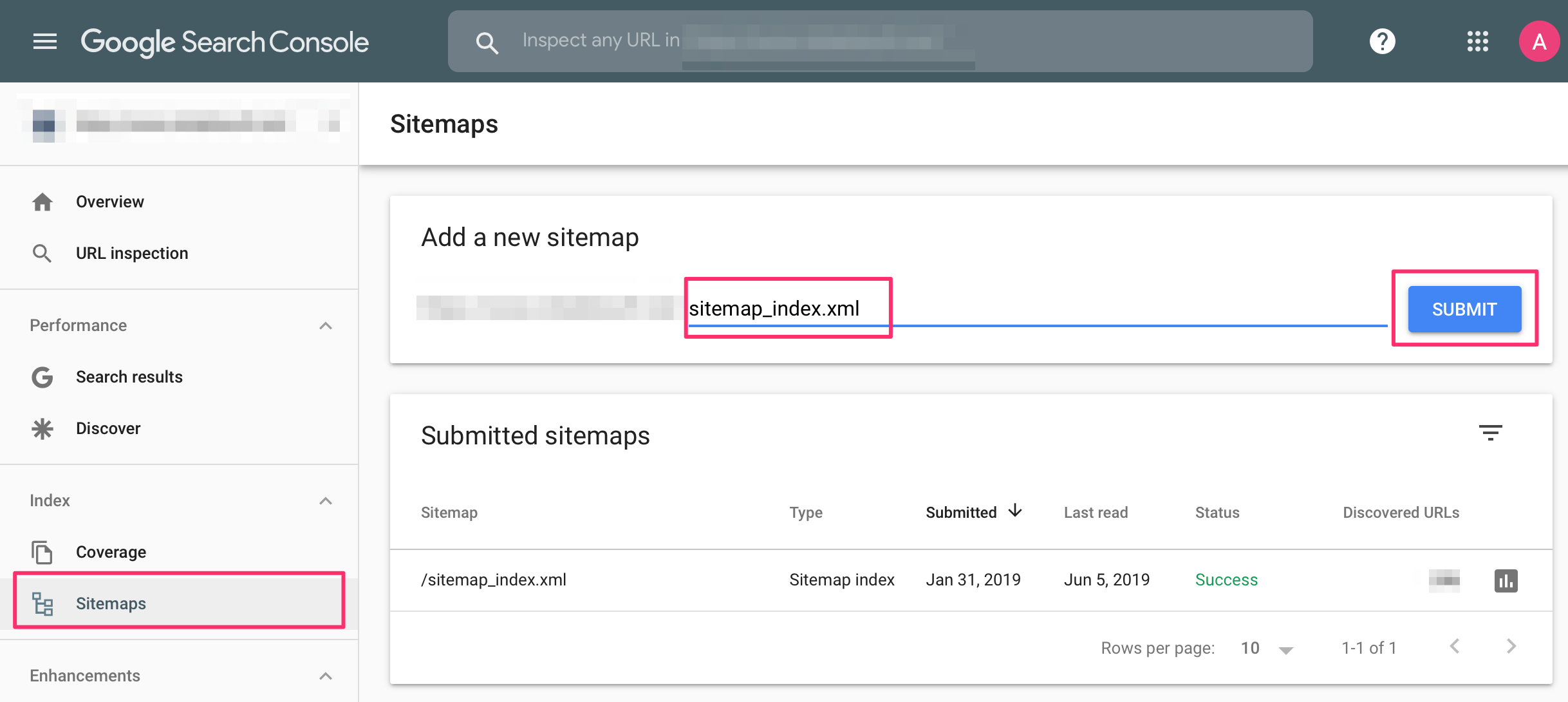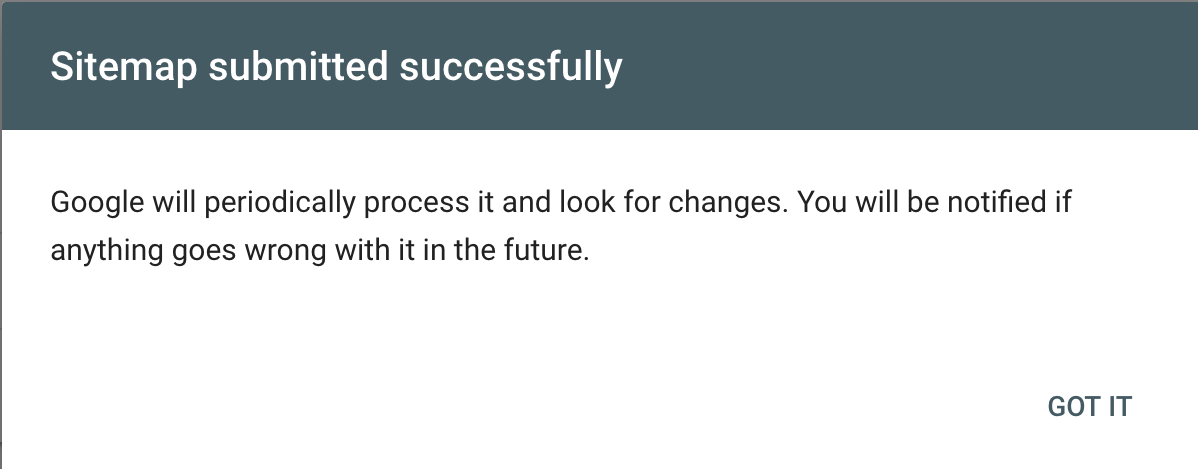A sitemap is a file (usually in XML format) containing a list of all your website’s pages you want Google to know about. It should be located in your website's root folder and accessible to search engine crawlers.
In this post, you will learn how to submit a sitemap to Google and other important questions regarding sitemap usage.
How to Submit a Sitemap to Google
The best way to inform Google about your sitemap is to submit it through Google Search Console. Follow these simple steps:
1. Register With Google Search Console
The first step is to create an account with Google Search Console. If you already have an account, log in and select your domain from the top left menu.

If your domain is not shown in the dropdown, you need to add your website first.
Next, click on Sitemaps under Indexing to find the Add New Sitemap tool.
2. Find Your Sitemap URL
Before submitting your sitemap, you need to find the exact URL. In all cases, the sitemap is located in the root folder of your website.
To confirm this, open a new browser window and type the sitemap URL. Usually, it has the following format:
https://example.com/sitemap.xml or https://example.com/sitemap_index.xml
If everything is ok, you will see something like this:

You probably don't have one if you cannot locate a sitemap file in your root folder. Follow the instructions here to create a sitemap for your website and proceed to the next step.
3. Submit Your Sitemap
The final step is to enter the sitemap URL (with the extension) in the ‘Add a new sitemap’ area and click the submit button.

If everything is okay, you will be promoted with the “Sitemap submitted successfully” message.

That’s all you must do to let Google know about your sitemap. Google will monitor the sitemap file for changes and add new pages to their index.
How to Remove a Sitemap From Google
If, for some reason, you want to remove a sitemap from Google:
- Login to Google Search Console
- Click SITEMAPS (under INDEX)
- Click on the sitemap file you want to remove
- Click the three dots (top right corner) and select REMOVE SITEMAP.

FAQs
Here are some popular questions people have regarding sitemaps.
Should You Add Sitemap To Robots.txt?
Another way to submit a sitemap to Google and other search engines is by using the robots.txt file
The robots.txt is a text file in your website's root folder and gives search engines instructions on which files (or parts) of a site they can crawl and index.
One of the elements you can add to your robots is the ‘sitemap’. You can add this anywhere you want in the file, and it has the following format:
Sitemap: 'path to your sitemap file'.
Here is an example of how robots.txt looks with the sitemap element.
When search engines (not just Google) read your robots.txt, they also crawl and index your sitemap.
User-agent: *
Allow: /
Sitemap: https://example.com/sitemap.xml
Do I Need to Submit a Sitemap to Google?
Yes. Although Google does a very good job of discovering new websites or updates to existing content, you can make their life easier and speed up the discovery process by submitting a sitemap using one of the three methods described above.
What To Include In My Sitemap?
You should include only the pages of your website that you want to be part of the Google index and appear in Google search results.
Pages with duplicate or thin content should not be part of your XML sitemap. Read all the details on how to optimize your XML sitemap.
Do I Have To Resubmit The Sitemap to Google Every Time I Update My Website?
No. You only need to submit your sitemap once, and Google will monitor the sitemap for changes.
The only cases where you should re-submit the sitemap are when doing a website redesign, changing the domain, changing the permalink structure, or making a lot of changes to the content.
If you don’t re-submit the sitemap, Google will eventually pick up the changes. Resubmitting will make the process faster.
Key Learnings
A sitemap is a very useful tool for SEO. Through the sitemap, you can control which pages of your website you want to be part of a search engine’s index.
You can also use it to give search engines information about your multilingual implementation (in case your website is available in multiple languages).
Submitting a sitemap to Google is a straightforward task. You can use any of the above methods to inform Google about your website.
Once submitted, Google will monitor the sitemap file for changes so you don’t have to re-submit it whenever you publish or update a post.



